9ounce Burger (나인온스버거)
11.4Km 2021-03-26
109, Gwanak-ro 12-gil, Gwanak-gu, Seoul
+82-70-8692-9020
It is a restaurant serving authentic American homemade burger. This restaurant's signature menu is house-made burger. This Western dishes restaurant is located in Gwanak-gu, Seoul.
Wansan Jeong (완산정)
11.4Km 2021-03-29
484, Bongcheon-ro, Gwanak-gu, Seoul
+82-2-878-3400
A restaurant where you can enjoy refreshing bean sprout hangover soup. This Korean dishes restaurant is located in Gwanak-gu, Seoul. The most famous menu is bean sprout hangover soup.
Seongmin Yangkkochi - Seoul Nat'l Univ. Branch (성민양꼬치 서울대입구)
11.5Km 2021-03-29
38, Gwanak-ro 16-gil, Gwanak-gu, Seoul
+82-2-888-8665
It has a large space, so it is a good place for meetings. The best menu at this restaurant is lamb skewers. This Chinese (cuisine) restaurant is located in Gwanak-gu, Seoul.
Mensyu (멘슈)
11.5Km 2021-03-29
394, Yeouidaebang-ro, Yeongdeungpo-gu, Seoul
+82-2-761-5285
It is a ramen specialty store where you can enjoy Japanese ramen dishes. This restaurant's signature menu is instant noodles. This Korean dishes restaurant is located in Yeongdeungpo-gu, Seoul.
Seogeulleongtang (서글렁탕)
11.5Km 2021-04-20
394, Yeouidaebang-ro, Yeongdeungpo-gu, Seoul
+82-2-780-8858
This is a restaurant serving pork belly soaked in a special sauce. This Korean dishes restaurant is located in Yeongdeungpo-gu, Seoul. The representative menu is grilled pork belly.
Festival de Flores de Cerezos en Let's Run Park de Seúl (렛츠런파크 서울 벚꽃축제)
11.6Km 2025-03-26
Gyeongmagongwon-daero 107, Gwacheon-si, Gyeonggi-do
02-3448-0095
Museo de Historia Natural de Seodaemun (서대문자연사박물관)
11.6Km 2025-05-21
Yeonhui-ro 32-gil 51, Seodaemun-gu, Seúl.
Es el primer Museo de Historia Natural construido por el gobierno coreano. Es educativo y enseña cómo convivir armoniosamente con la naturaleza. Todo el año organiza programas para niños y jóvenes sobre el tema de la naturaleza, siendo también un lugar de descanso para todos los ciudadanos. Muchas entidades gubernamentales de Asia visitan este lugar para hacer benchmarking. La sala 1 abarca el tema de "La naturaleza y el hombre"; la sala 2, "La evolución de la naturaleza"; y la sala 3 trata sobre la Tierra y el medio ambiente.
OTSAL (옷살)
11.6Km 2021-03-29
164, Gwanak-ro, Gwanak-gu, Seoul
+82-2-882-6527
This is where a local Mexican chef does the cooking. The best menu at this restaurant is curry. This Korean dishes restaurant is located in Gwanak-gu, Seoul.
Yeolbin (열빈)
11.6Km 2021-03-29
78, Gukjegeumyung-ro, Yeongdeungpo-gu, Seoul
+82-2-783-3838
Operating since 1978, this store boasts of a large space. The best menu at this restaurant is noodles with minced meat in black bean sauce. This Chinese (cuisine) restaurant is located in Yeongdeungpo-gu, Seoul.
SU KARA MARKET (수카라)
11.6Km 2021-06-30
157, Wausan-ro, Mapo-gu, Seoul
+82-2-334-5919
It is a store where you can take out various sauces and desserts. This cafe is located in Mapo-gu, Seoul. The most famous menu is dessert.
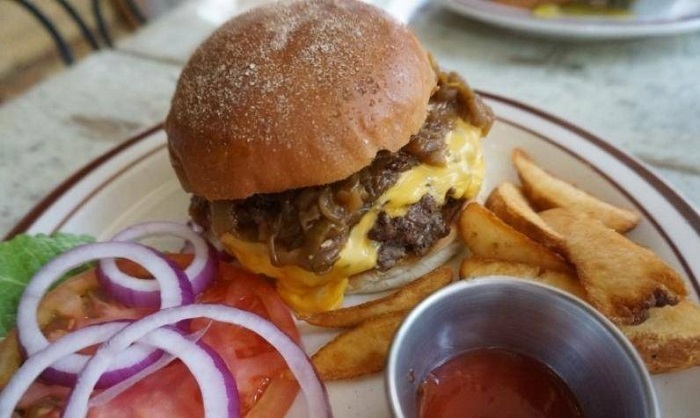
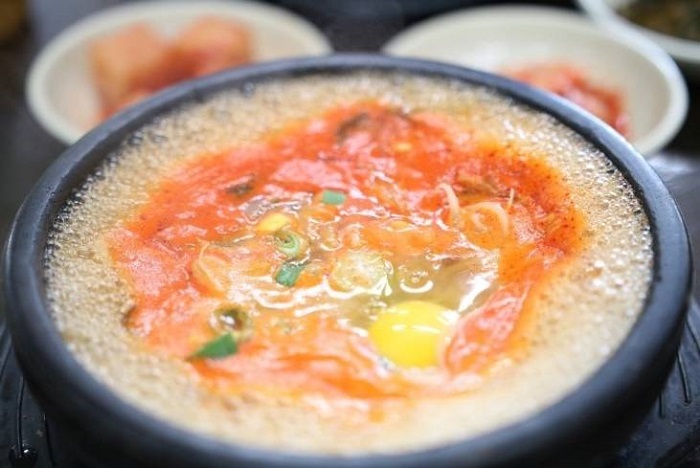
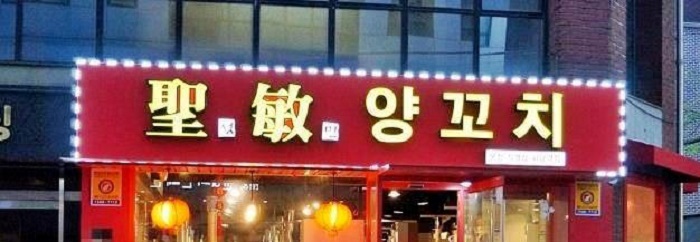
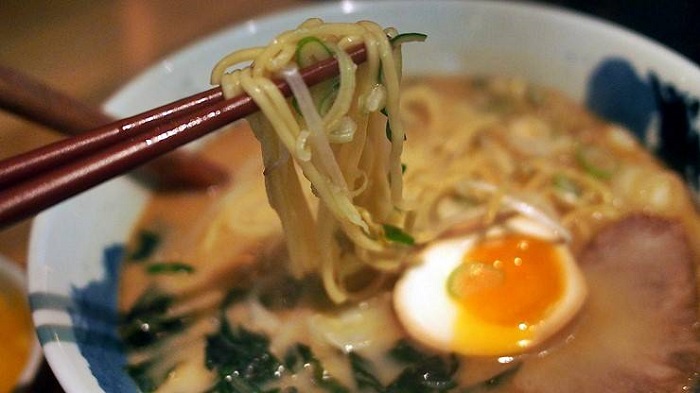
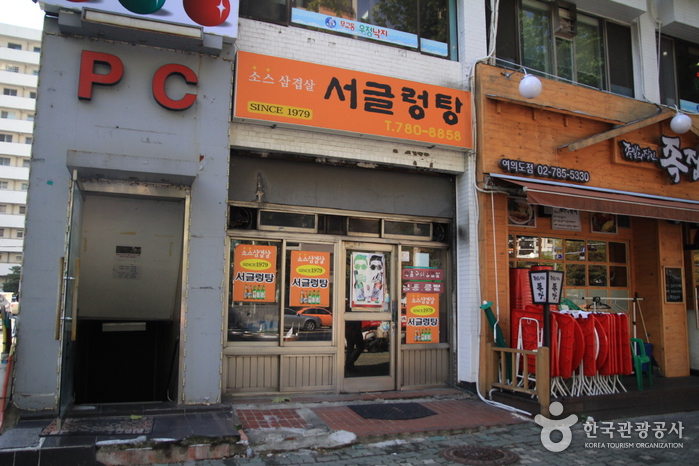
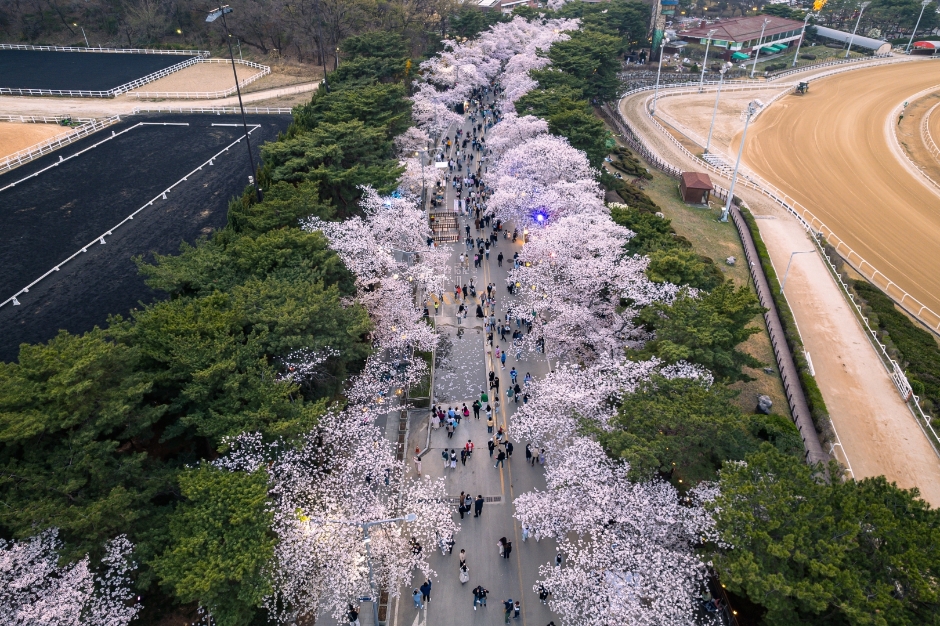

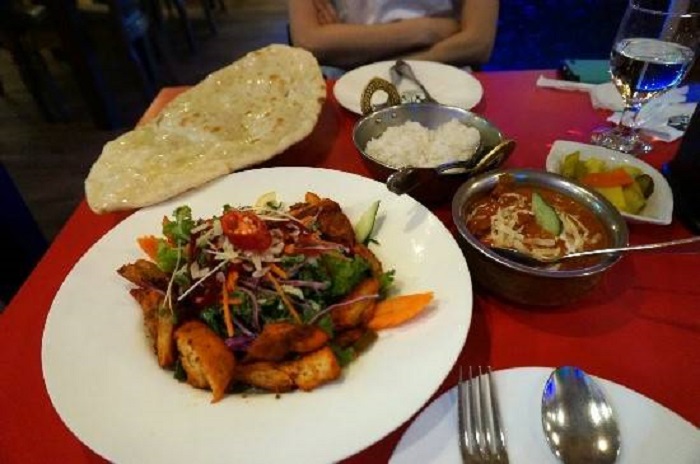
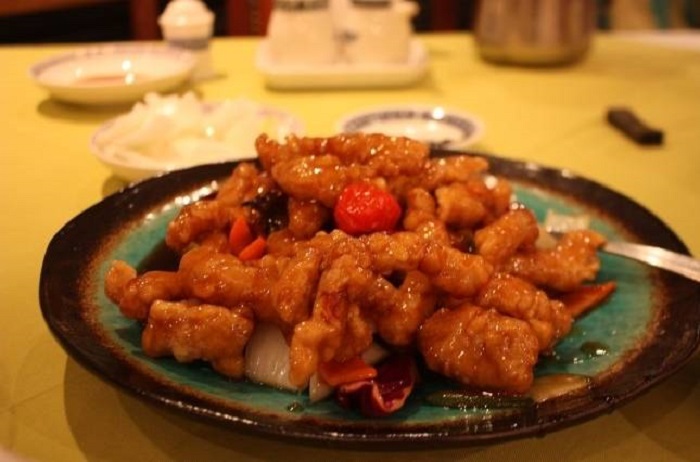
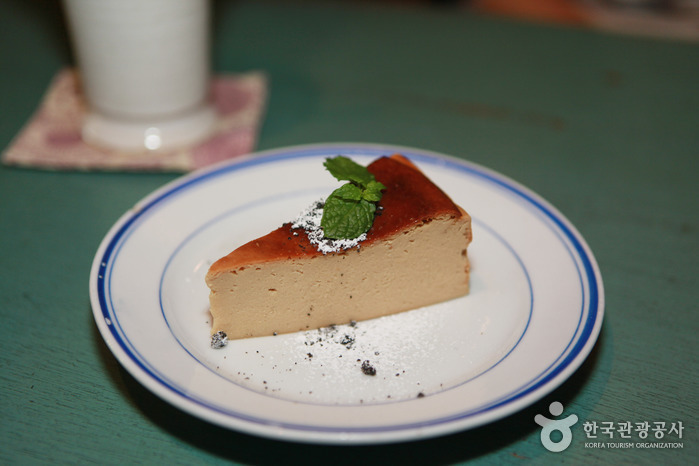
 Español
Español
 한국어
한국어 English
English 日本語
日本語 中文(简体)
中文(简体) Deutsch
Deutsch Français
Français Русский
Русский